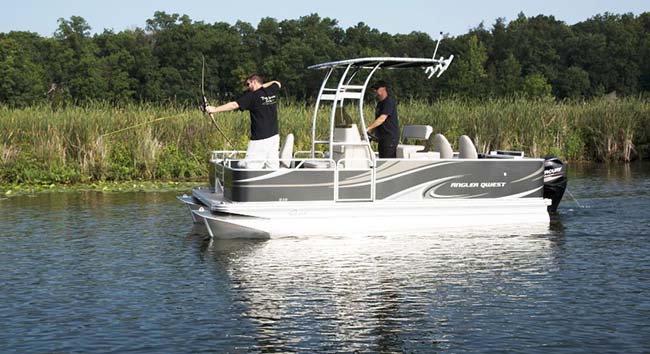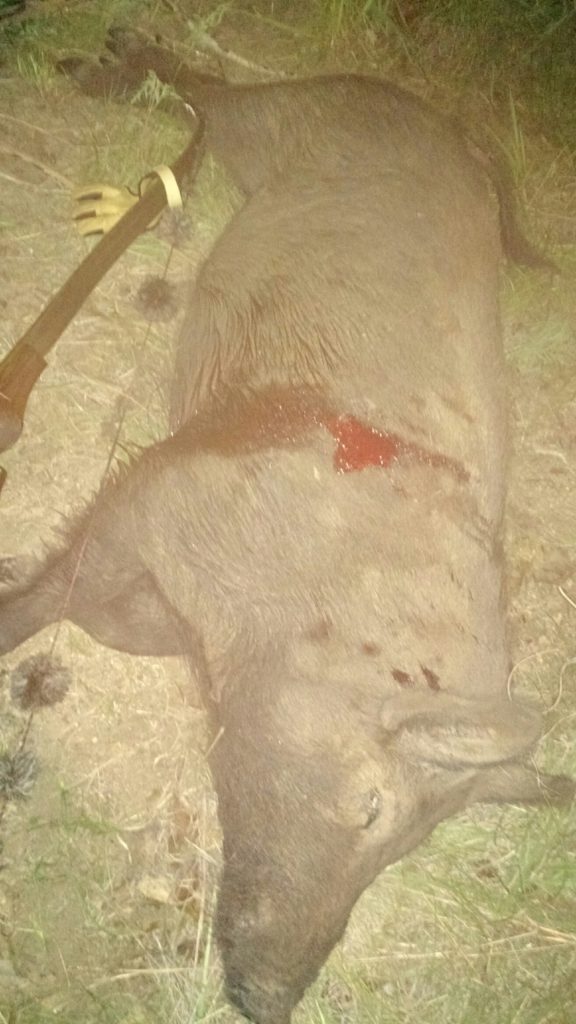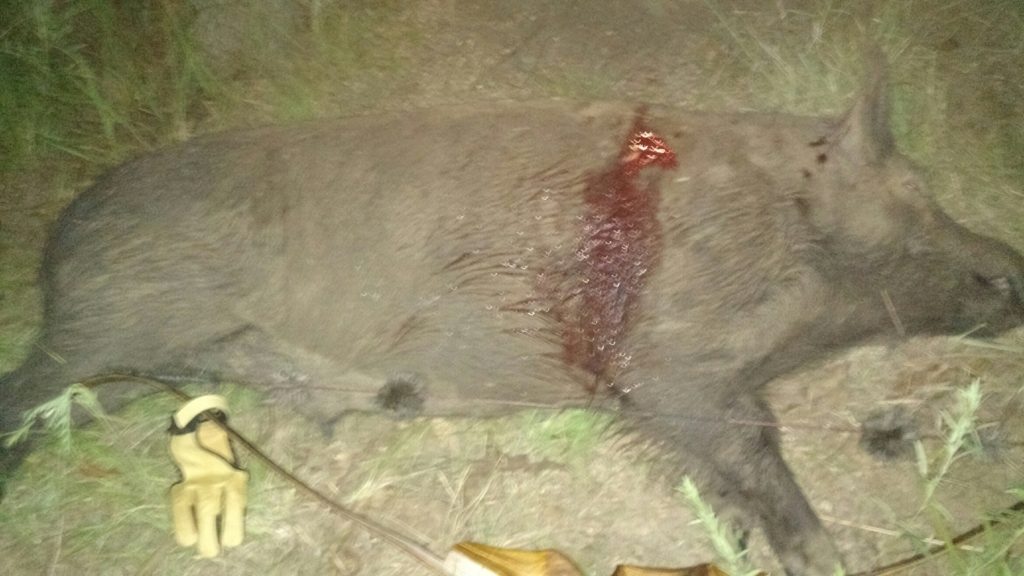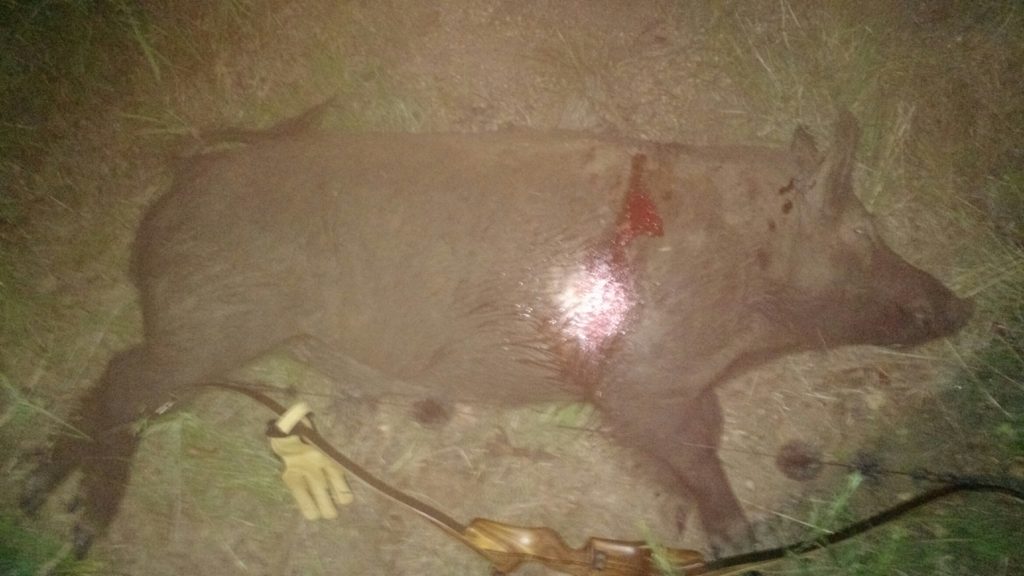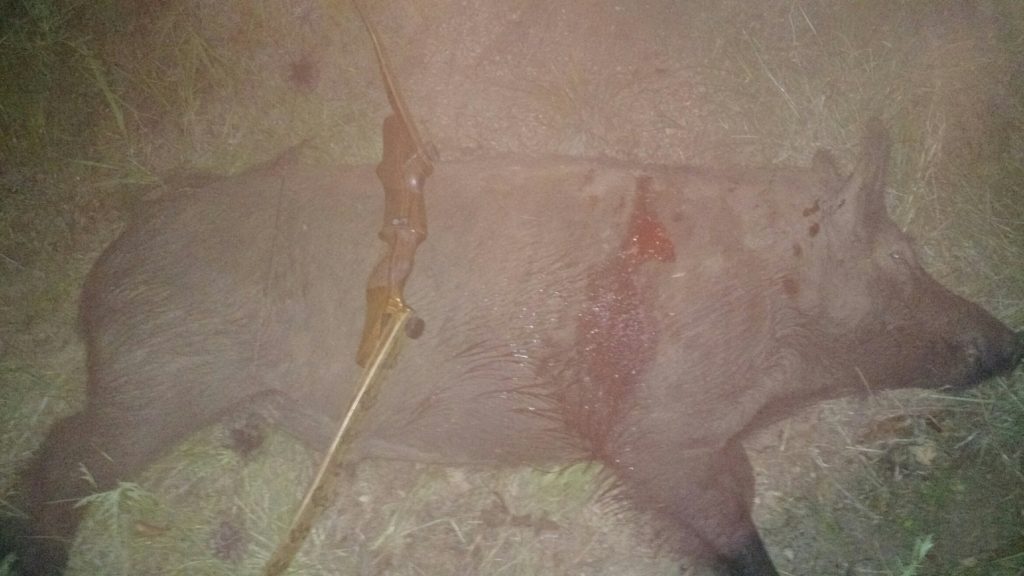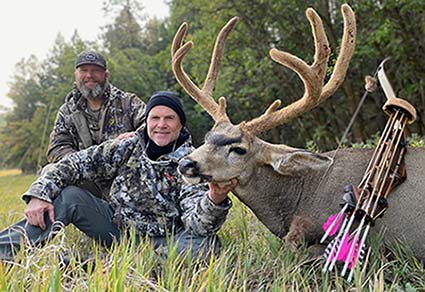
As an outfitter and guide in Colorado I am constantly amazed at how ill prepared some people are that show up at my camp. I once had a client miss an animal with me and then say, “Those broadheads seem to fly different than my field points.” Needless to say, he was ill prepared.
Besides guiding clients myself, I am also occasionally a client at other outfitters camps. I usually go on one or two guided hunts every year. I have had some great hunts and others have been a waste of time, money and in some cases even dangerous. To help avoid a bad experience and to help you up your odds on a guided hunt, I have compiled a list of things I check into before spending my money on a guided hunt.
Are they experienced in guiding Traditional bowhunters?
This is more important than many people realize! A lot of outfitters unfortunately aren’t experienced when it comes to traditional bowhunting. I have been to places where blinds or treestands were set-up for shots at 30+ yards. It is important to either hunt with outfitters or guides that understand traditional equipment and it’s attributes and limitations or it is our job to explain it to them.
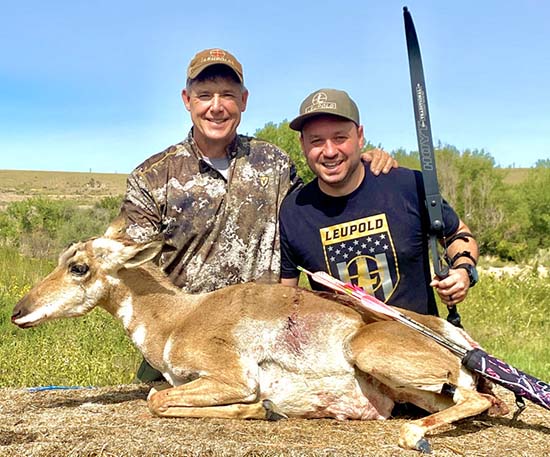
What is the guide to hunter ratio?
Will it be one on one or will you be sharing your guide with another hunter? It is worth knowing before you go. If your hunt isn’t a one on one guided hunt and that is what you want, talk to the outfitter. Some outfitters will offer a one on one ratio for a higher fee.
How much will I spend including licenses?
Make sure there are no hidden costs. Request in writing, a list of all costs including license fees or additional transportation costs. Is food and lodging included and is there a trophy or kill fee? These are all important questions.
How many days is the hunt?
Does that include travel days? Most guided hunts average 5 to 7 days, however, they all vary. Be sure you are happy with the number of days versus what you will be paying. If you want a longer hunt, some outfitters will allow hunters to extend their trip on a pay per day basis. This is always important to me since I have already invested my money and time getting to camp, one or two extra days may be all I need to get a shot opportunity. Remember things like weather can also knock a few days off of a hunt in a hurry. Bring this up ahead of time. It may save your trip.
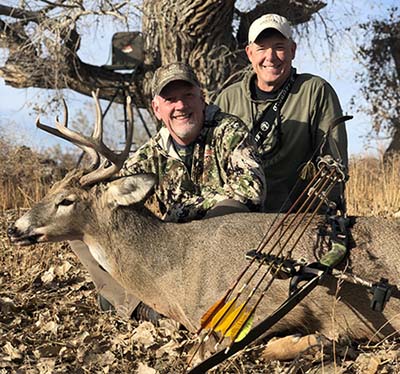
How physical is the hunt?
Obviously, physical ability varies from person to person as do the requirements of different hunts and terrains. A hunter that is totally out of shape can easily walk a hundred yards from a truck to a tree stand, whereas an elk or lion hunt will demand a totally different set of requirements. How much walking will we be doing on average?
How much stand hunting? Will we be using horses? Make sure you can do what may be required.
What percentage of bow hunters harvest their intended species? And how many have opportunities?
Ask for specific numbers. How many bow hunters did you take last year for elk? Out of those, how many harvested elk? How many had shot opportunities? In fairness to the outfitter, I like to ask about shot opportunities, not necessarily numbers harvested. Also bear in mind that sometimes a low success rate may be due to bad weather, inexperienced or out of shape hunters. Try to feel the guide or outfitter out so you understand why the success rate is high or low.
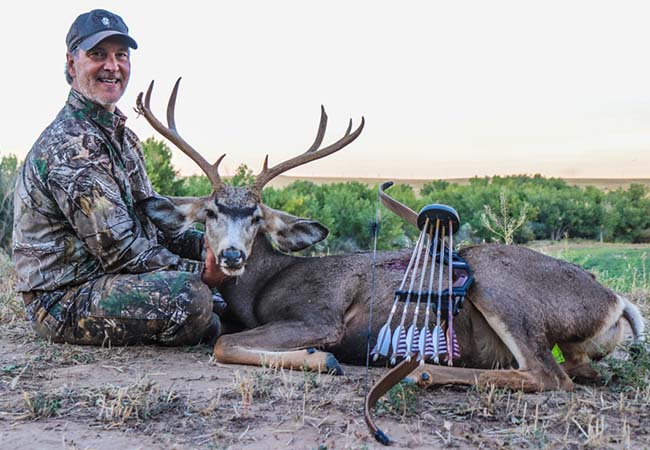
Can you send me references?
Most outfitters have a prepared reference list. Of course, most reference lists are filled with hunters that harvested animals. Ask for a list of specific references and, if possible, for hunters in your state that have hunted with the outfitter. Be sure to ask for bow hunting references that hunted the same area you will be in, or that at least hunted the same species you are planning to hunt. Talking to other bow hunters can often give you a good feel of what to expect from terrain to guides. Also, ask for references of hunters who were not successful. Sometimes your best information will come from these guys.
Does the Outfitter have any game violations?
A simple call to the area game officer can answer this one. If the game officer advises against the outfitter, I wouldn’t go.
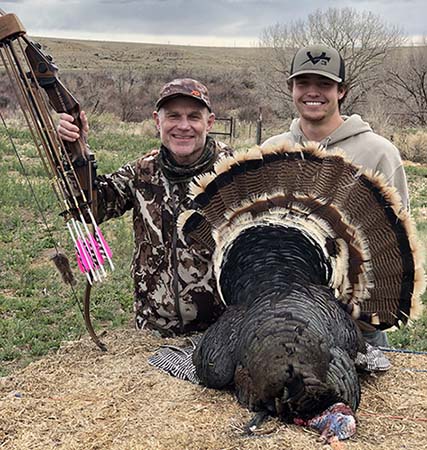
Does the Outfitter hunt private or public land?
Some pubic land areas are great, and others are crowded with public hunters. Find out about where you will be or how many other people you will likely encounter. Most outfitters will charge more to hunt private ranches. Just be sure to ask how much land they have available to hunt on. If its 5 acres and 7 people will be hunting it, it may not be such a great deal. Usually an outfitter will charge more to hunt private ranches. I also always ask how much land they have available to hunt on.
What gear or equipment do they recommend that I bring?
Most outfitters will have a list of items they recommend for the hunt you are going on. If they don’t offer one, ask for one.
In general, most of my bad experiences have come from outfitters I have not communicated with enough. I have also had some tremendous experiences with outfitters that will provide me with fond memories for the rest of my life. And while some of these great memories include harvesting an animal many of them did not.
My next column will be about how to be a good client for an outfitter. Your honesty makes a difference!
As always… Have Fun, Fred
By: Fred Eichler
Everything Eichler














.jpg)
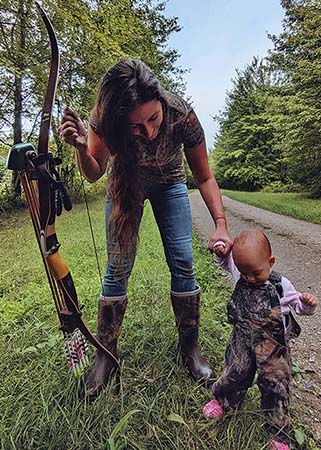
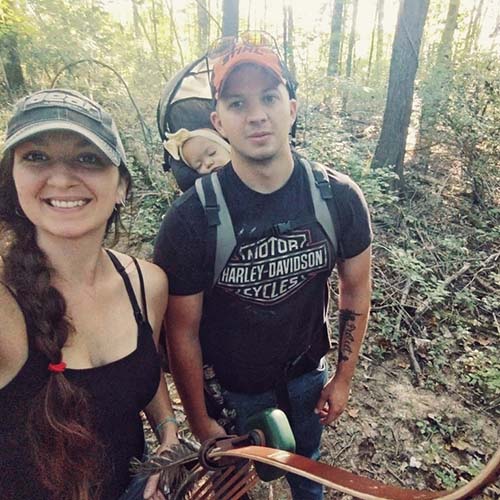
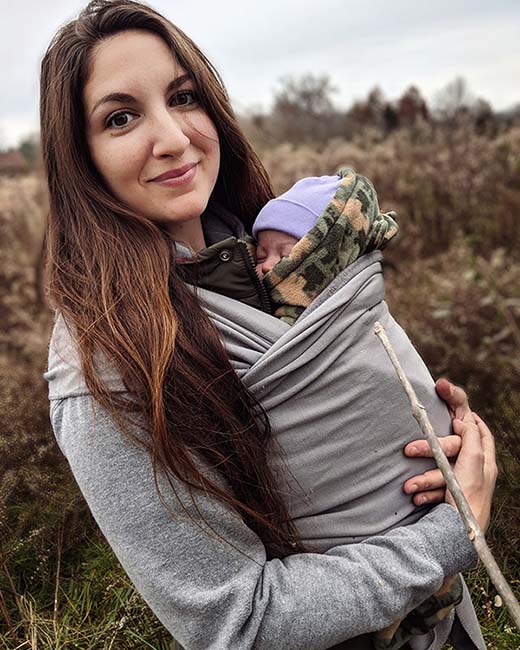
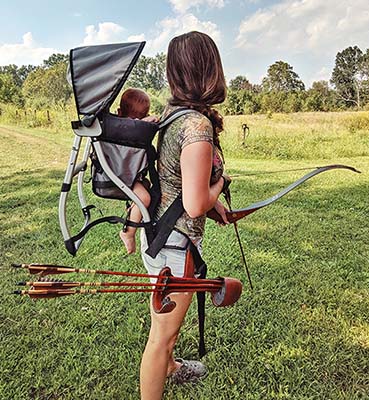
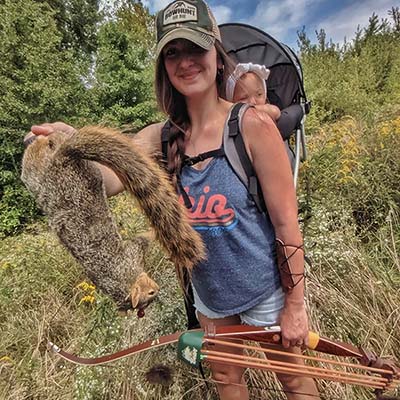
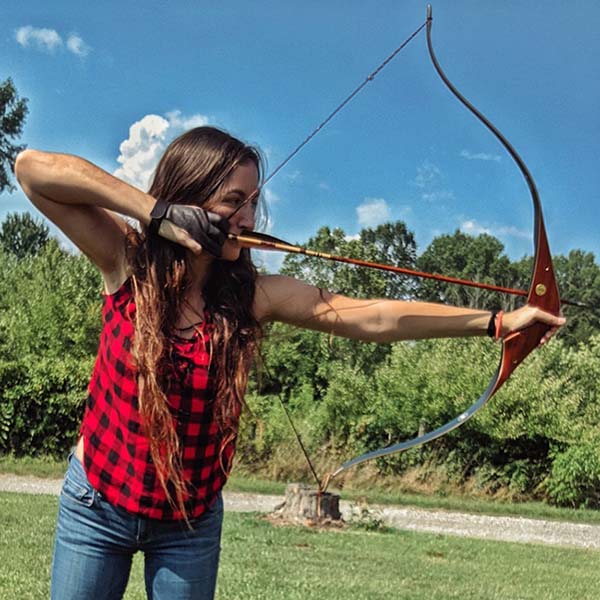
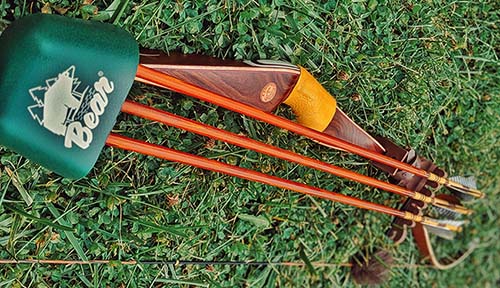
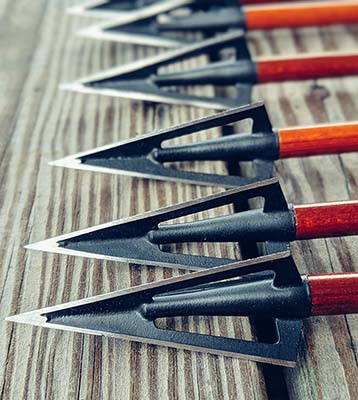
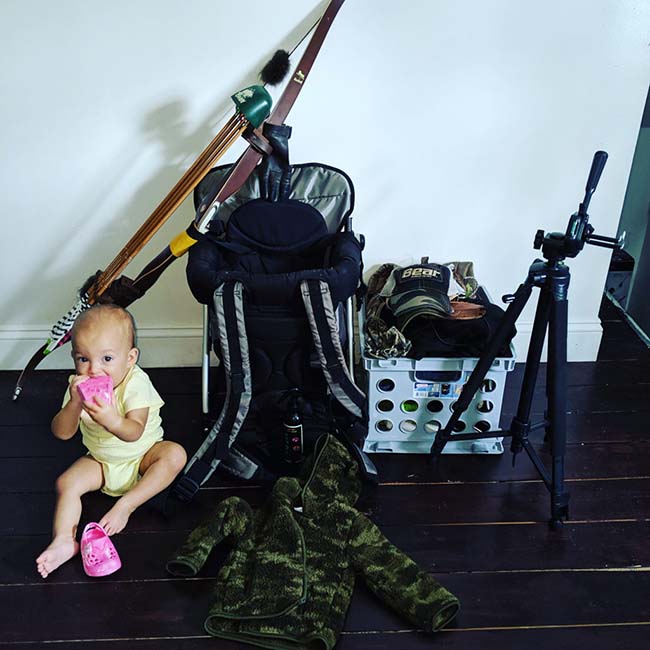
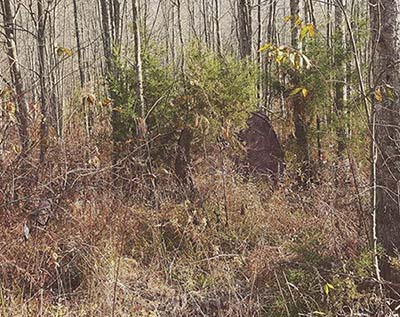
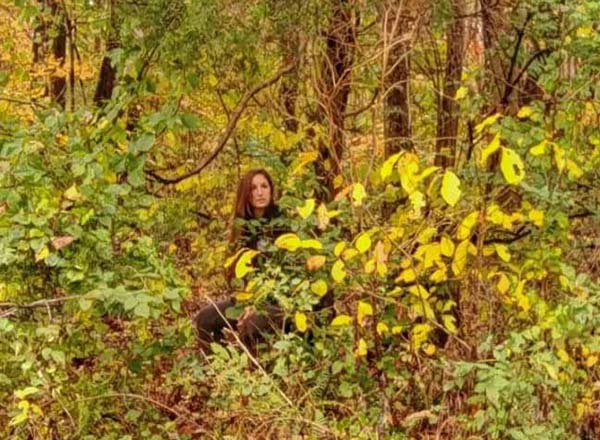
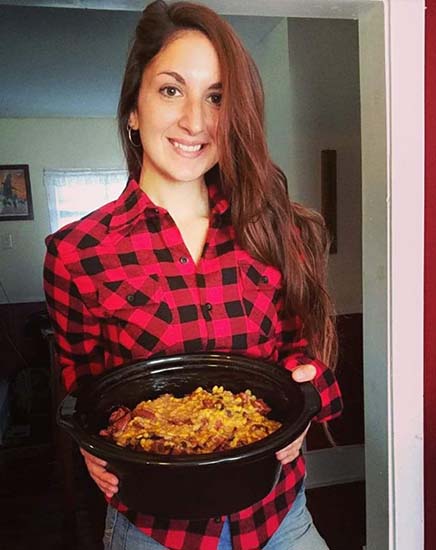
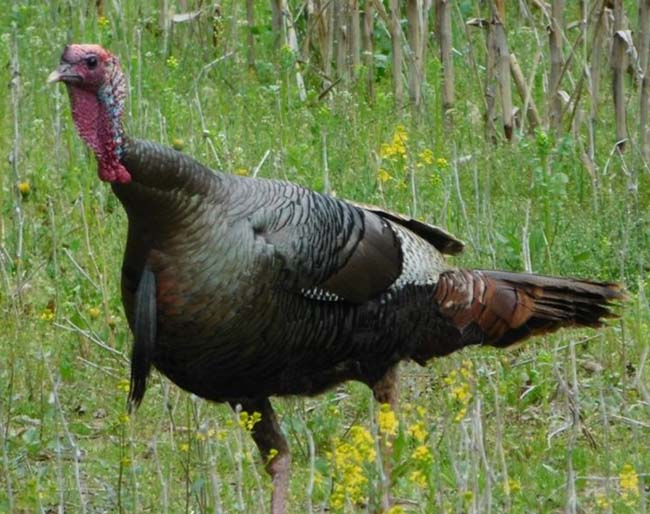 As the snow melts away, my mind starts to turn towards turkey hunting with traditional archery equipment. Now is the best time to make sure you have all your gear ready for hunting turkeys. When the first day of turkey hunting arrives you need to have confidence that your gear performs when you get within bow distance of a strutting tom turkey.
As the snow melts away, my mind starts to turn towards turkey hunting with traditional archery equipment. Now is the best time to make sure you have all your gear ready for hunting turkeys. When the first day of turkey hunting arrives you need to have confidence that your gear performs when you get within bow distance of a strutting tom turkey.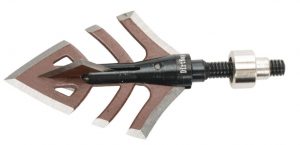
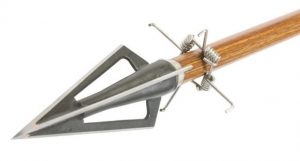
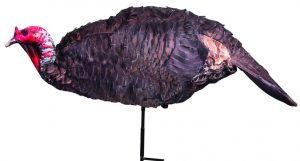
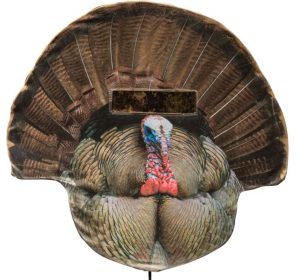
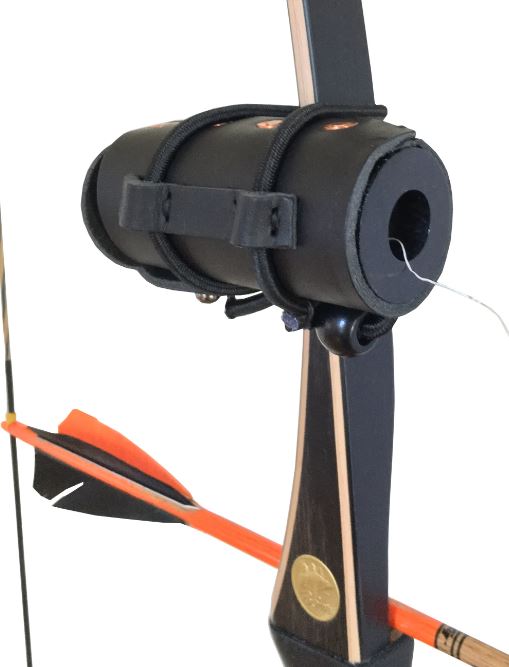
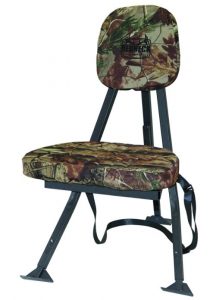
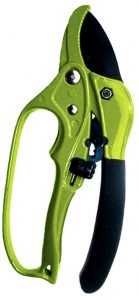
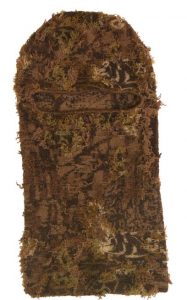
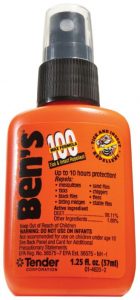

 and effectively search the whole strip with their sense of smell. Bucks in search of receptive does do the same thing. John Hale, a noted hunter of big bucks with traditional equipment, shared this with me back in 1991. I was hunting down in Illinois when we met to have dinner one night during the rut. The bucks were constantly harassing the local does. The does were sneaking around with their tails clamped down tight and bedding in the thickest cover to avoid the aggressive bucks. John was easing into the downwind side of the thickest bedding areas he knew of and climbing into a treestand on or just inside the area he figured a buck would walk through. He didn’t even place his stands that high depending on the cover. He said many times setting his stand at eight feet high was plenty high to go undetected. He reported seeing and passing shots on numerous bucks so far that season and had proven the method numerous times on big bucks over the years. Later in the week on that same hunt I used John’s advice to collect my first Pope and Young buck. I placed my stand fifteen yards in the off the downwind edge of a thick, brushy hollow choked with honeysuckle. Sitting in the stand since first light I’d passed on shots at several smaller bucks. At 2:15 pm a bigger buck popped up out of the hollow chasing a doe and hesitated within easy range allowing me to shoot.
and effectively search the whole strip with their sense of smell. Bucks in search of receptive does do the same thing. John Hale, a noted hunter of big bucks with traditional equipment, shared this with me back in 1991. I was hunting down in Illinois when we met to have dinner one night during the rut. The bucks were constantly harassing the local does. The does were sneaking around with their tails clamped down tight and bedding in the thickest cover to avoid the aggressive bucks. John was easing into the downwind side of the thickest bedding areas he knew of and climbing into a treestand on or just inside the area he figured a buck would walk through. He didn’t even place his stands that high depending on the cover. He said many times setting his stand at eight feet high was plenty high to go undetected. He reported seeing and passing shots on numerous bucks so far that season and had proven the method numerous times on big bucks over the years. Later in the week on that same hunt I used John’s advice to collect my first Pope and Young buck. I placed my stand fifteen yards in the off the downwind edge of a thick, brushy hollow choked with honeysuckle. Sitting in the stand since first light I’d passed on shots at several smaller bucks. At 2:15 pm a bigger buck popped up out of the hollow chasing a doe and hesitated within easy range allowing me to shoot. When temperatures rise during the whitetail rut it seems to shut down a lot of the normal increased movement. The rut will carry on though because fawns are still born the same time every spring. Since I started hunting water sources, I no longer dread heat waves during the rut. In fact some of my hunting buddies and I use it to our advantage. We’ve had nice bucks drink in the morning before going to their day beds and also come in the first thing after rising in the afternoon. Does need water also and can attract bucks in during the rut. I was sitting all day in a large woods during a hot spell years ago. At high noon, a huge buck appeared from a draw and plodded over to a tiny pot hole in the woods with his mouth hanging open. He tanked up like a camel and sauntered back into the draw he came from.
When temperatures rise during the whitetail rut it seems to shut down a lot of the normal increased movement. The rut will carry on though because fawns are still born the same time every spring. Since I started hunting water sources, I no longer dread heat waves during the rut. In fact some of my hunting buddies and I use it to our advantage. We’ve had nice bucks drink in the morning before going to their day beds and also come in the first thing after rising in the afternoon. Does need water also and can attract bucks in during the rut. I was sitting all day in a large woods during a hot spell years ago. At high noon, a huge buck appeared from a draw and plodded over to a tiny pot hole in the woods with his mouth hanging open. He tanked up like a camel and sauntered back into the draw he came from. One area I used to hunt had multiple swamps. At times they all had standing water in them. While the deer could drink anywhere, they had a couple preferred spots where they watered. Both were located on outside corners of the swamps. I’m not sure why they preferred these spots, but I know on warm days in November they are great treestand or blind locations. I’ve also noticed dried up drainage ditches and creeks will sometimes have pools of water left behind in low spots that can become prime water sources.
One area I used to hunt had multiple swamps. At times they all had standing water in them. While the deer could drink anywhere, they had a couple preferred spots where they watered. Both were located on outside corners of the swamps. I’m not sure why they preferred these spots, but I know on warm days in November they are great treestand or blind locations. I’ve also noticed dried up drainage ditches and creeks will sometimes have pools of water left behind in low spots that can become prime water sources. I’ve had some early season spots that are doe and yearling paradise. We seldom see any bucks in these areas early. When the rut starts though buck sign appears seemingly overnight. My wife and I hunt a quarter mile strip of trees that we call the gauntlet. It’s normal to have three to five groups of does filter past early in the season. When the rut comes, buck rubs and scrapes appear and bucks seem to wait in ambush for the does the run the “gauntlet.” Remember the doe spots you find early and check them when the rut comes. If the does are still there chances are they will have male company.
I’ve had some early season spots that are doe and yearling paradise. We seldom see any bucks in these areas early. When the rut starts though buck sign appears seemingly overnight. My wife and I hunt a quarter mile strip of trees that we call the gauntlet. It’s normal to have three to five groups of does filter past early in the season. When the rut comes, buck rubs and scrapes appear and bucks seem to wait in ambush for the does the run the “gauntlet.” Remember the doe spots you find early and check them when the rut comes. If the does are still there chances are they will have male company.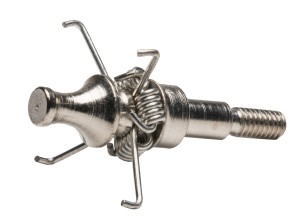
 The best example I can think of for using your ears to hunt was experienced by my friend, Dale Karch. Dale and his wife, Sandie, own 3Rivers Archery. He was invited by True Flight Feathers to hunt their property in Iowa for whitetails. One morning in November, Dale positioned himself in a ten foot high ladder stand 10 yards inside the edge of woods that necks down between a creek and a high weed, CRP field. He heard a deep grunt resembling a hog when he entered in the dark. Around 9:00 he heard a grunt again. It sounded close, but scanning and glassing the area provided no clues. A lone doe walked between the CRP field and his ladder stand a short time later. Dale said the doe was staring at a clump of brush about fifty yards away from the ladder stand. She walked closer with her ears rotated forward and bobbing her head up and down focused on the brush. Dale figured the grunts were coming from there. The doe wandered off finally around 10:00 and Dale quietly climbed down and stalked the brush pile. Upon arrival, he found nothing and glanced around puzzled. Twenty-five yards away he noticed a crab-claw antler tine sticking up out of the CRP grass in a slight gulley. He nocked an arrow and crept closer. A big non-typical buck was bedded, facing away on a narrow ledge cut into the bank of the gulley. Dale eased into less than twenty feet, rose up and delivered a Woodsman broadhead into the vitals. On impact, the buck jumped up and into the bottom of the five foot deep gulley where he mired into two feet of mud and expired right there.
The best example I can think of for using your ears to hunt was experienced by my friend, Dale Karch. Dale and his wife, Sandie, own 3Rivers Archery. He was invited by True Flight Feathers to hunt their property in Iowa for whitetails. One morning in November, Dale positioned himself in a ten foot high ladder stand 10 yards inside the edge of woods that necks down between a creek and a high weed, CRP field. He heard a deep grunt resembling a hog when he entered in the dark. Around 9:00 he heard a grunt again. It sounded close, but scanning and glassing the area provided no clues. A lone doe walked between the CRP field and his ladder stand a short time later. Dale said the doe was staring at a clump of brush about fifty yards away from the ladder stand. She walked closer with her ears rotated forward and bobbing her head up and down focused on the brush. Dale figured the grunts were coming from there. The doe wandered off finally around 10:00 and Dale quietly climbed down and stalked the brush pile. Upon arrival, he found nothing and glanced around puzzled. Twenty-five yards away he noticed a crab-claw antler tine sticking up out of the CRP grass in a slight gulley. He nocked an arrow and crept closer. A big non-typical buck was bedded, facing away on a narrow ledge cut into the bank of the gulley. Dale eased into less than twenty feet, rose up and delivered a Woodsman broadhead into the vitals. On impact, the buck jumped up and into the bottom of the five foot deep gulley where he mired into two feet of mud and expired right there.
